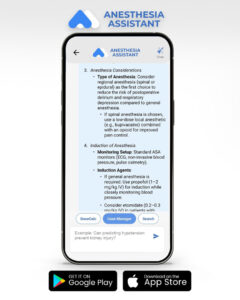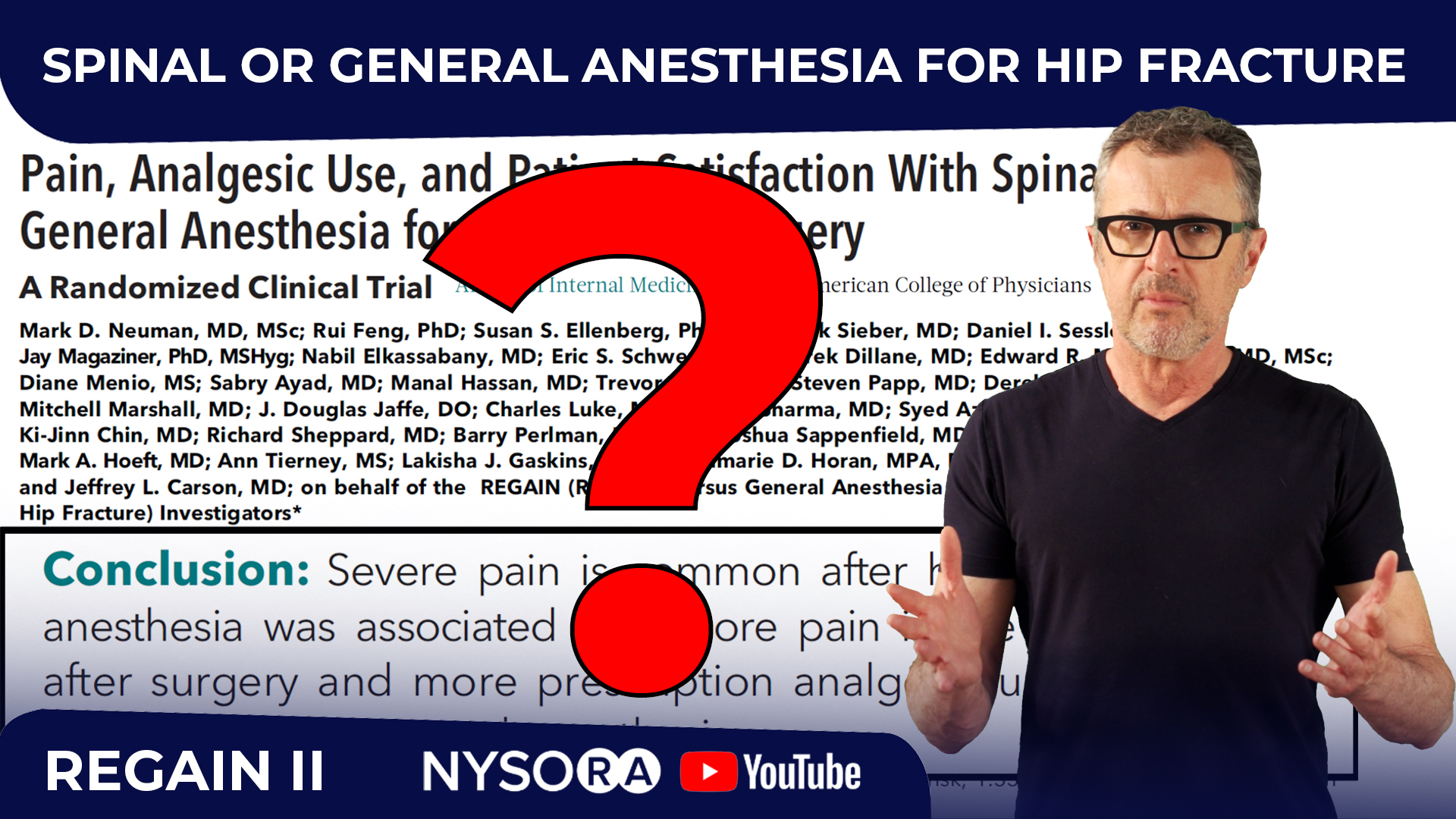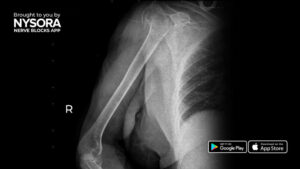Recent clinical trials have sparked a shift in anesthesia practices for hip fracture surgery, prompting debate over whether neuraxial anesthesia still holds value in the era of advanced general anesthesia. A compelling discourse by Dr. Alexander B. Stone and colleagues argues strongly that neuraxial anesthesia (NA) remains a critical tool, despite findings from high-profile studies like REGAIN and RAGA.
Background: The REGAIN and RAGA trials
Two major trials brought neuraxial anesthesia under scrutiny:
1. REGAIN trial (NEJM, 2021)
- Compared spinal vs. general anesthesia in 1,600 patients ≥ 50 years.
- Primary outcome: death or inability to walk 10 feet at 60 days.
- Result: No significant difference between groups.
2. RAGA trial (JAMA, 2022)
- Included 950 patients ≥65 years.
- Focused on postoperative delirium within 7 days.
- Again, no superiority was shown for neuraxial over general anesthesia.
Key concerns with trial interpretation
Stone et al. raise several concerns:
1. Composite endpoints
- Outcomes like “death or inability to walk” are not directly linked to anesthesia type.
- These endpoints may dilute the effect of anesthesia on perioperative morbidity.
2. Sample size & power issues
- Both trials were underpowered due to lower-than-expected event rates.
- REGAIN: Expected 34.2%, observed 18–18.5%.
- RAGA: Expected 11.1–23.3%, observed 5.1–6.2%.
3. Generalizability
- 15% of neuraxial cases in REGAIN were converted to general anesthesia, questioning standardization across sites.
Documented benefits of neuraxial anesthesia
Despite newer data, several clinically relevant benefits of neuraxial anesthesia remain:
Pulmonary benefits
- Reduced incidence of pneumonia and pulmonary complications.
- Avoids airway manipulation and preserves pulmonary dynamics.
Cardiovascular and hemodynamic stability
- Promotes stable blood pressure through sympathetic blockade.
- Decreased systemic inflammatory response.
Reduced blood loss
- Associated with less intraoperative blood loss and fewer transfusions.
Lower risk of Venous Thromboembolism (VTE)
- NA-induced vasodilation may reduce VTE risks.
Lower incidence of nausea and delirium
- Reduced opioid use contributes to less postoperative nausea.
- Minimal sedation can help reduce delirium, especially in older adults.
Clinical decision-making in the real world
Despite robust evidence, the uptake of neuraxial anesthesia is slower than expected in clinical practice. Why?
Influencing factors:
- An anesthesiologist experience with NA.
- Institutional resources and availability of regional blocks.
- Patient comorbidities, preferences, and risk profile.
- Surgeon preference, especially when time is limited.
Key takeaway
Despite high-profile studies showing no clear superiority of neuraxial anesthesia, Stone et al. argue that abandoning its use would be premature and potentially harmful. There is no evidence showing general anesthesia is superior, and in select patient populations, neuraxial anesthesia offers substantial benefits.
The discussion surrounding neuraxial vs. general anesthesia is far from settled. Clinicians must avoid blanket interpretations of trial data and instead apply nuanced, patient-centered care grounded in both evidence and clinical judgment.
As the population ages and hip fractures become more common, tailored anesthesia approaches will be more important than ever.
For more information on this topic, check out Anesthesia Updates on the NYSORA Anesthesia Assistant App.
Get access to step-by-step management algorithms, the latest research, and peer-reviewed insights—all in one place. Download the app today and experience the future of anesthesia education and decision-making.









